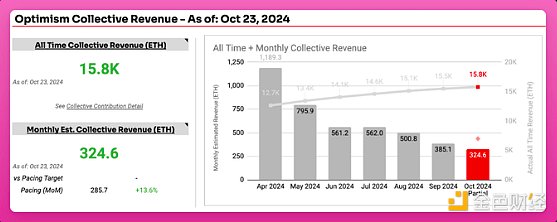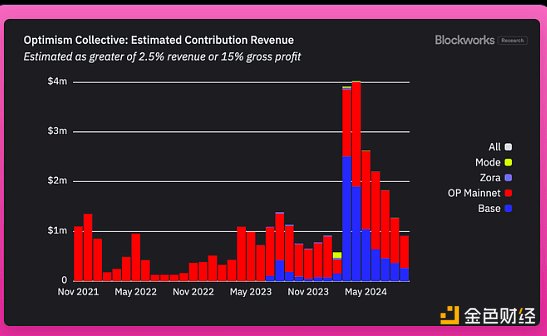The launch of L2 by Kraken and Uniswap is indeed a positive development for the Ethereum ecosystem.
Written by: Ignas
Translated by: Shan Ouba, Golden Finance
The prevailing view is that each new L2 added will further exacerbate the issues of user experience (UX) degradation and liquidity fragmentation, which is seen as negative news for ETH.
However, we have already embarked on the "point of no return" for L2 expansion, and there is no turning back.
It is time to redefine this narrative and view the launch of new L2s as positive news for Ethereum.
Am I being too naive in saying this?
In fact, the launch of L2 by Kraken and Uniswap is indeed beneficial for the Ethereum ecosystem.
You see, Kraken's Ink and Unichain have joined the L2 race, but they are not independent L2s; they are joining as members of the OP Superchain.
The first benefit of the OP Superchain alliance is the (eventual) realization of a frictionless user experience among all member L2s.
The Superchain is a unified, interoperable chain network that connects teams traditionally viewed as competitors.
Additionally, this brings economic benefits to the OP Collective.
When a new L2 joins the OP Superchain, it commits to contributing the higher of the following two:
- 15% of its on-chain net profits (total sequencer revenue minus fees paid to L1), or
- 2.5% of its total revenue.
Currently, about 30 L2s in the OP Superchain have contributed 15,800 ETH (approximately $40 million) to the Optimism Collective.

Currently, Base and OP Mainnet are the largest contributors.

With the addition of Kraken and Uniswap's Unichain, revenues are expected to increase further.
These funds help drive the future development of Optimism and Ethereum:
- Public goods: Funding projects within the Ethereum ecosystem, such as infrastructure and development tools.
- Network growth: Supporting the development of OP chains and promoting the adoption of Ethereum.
- Innovation: Funding new technological advancements.
$40 million may not seem like much, but at least the Optimism Collective has a value accumulation mechanism.
Ethereum L1 can draw lessons from Optimism, encouraging L2s to reinvest value back into ETH at least on a social level, even if it cannot be done technically.
This is a key factor in being optimistic about ETH.
After reading Vitalik's four-part series on "Possible Futures for the Ethereum Protocol," I did not see any new, clear L2 profit models.
He mentioned that Ethereum-based rollups can enhance L1 efficiency through tighter integration and seamless interoperability, ensuring higher security and bringing more value to the main chain.
However, an increasing number of major players are choosing to join the OP Stack rather than launch Ethereum-based rollups.
Perhaps L1 can advocate for broader adoption of Ethereum-based rollups.
Vitalik also discussed how to scale L1 to accommodate specific use cases that should remain on L1, thereby preserving value.
As more L2s join the OP Superchain under a shared revenue model rather than launching independently, funding support for the Ethereum ecosystem has increased.
This also provides more incentives to address user experience and liquidity issues within each L2.
I can't wait to see the "seamless flow of capital within the Superchain" realized soon.
免责声明:本文章仅代表作者个人观点,不代表本平台的立场和观点。本文章仅供信息分享,不构成对任何人的任何投资建议。用户与作者之间的任何争议,与本平台无关。如网页中刊载的文章或图片涉及侵权,请提供相关的权利证明和身份证明发送邮件到support@aicoin.com,本平台相关工作人员将会进行核查。




